
“The world will persist in exhibiting before you what you persist in affirming the world is”
~ Emma Curtis Hopkins
Discover the roots of Science of Mind in North East USA
Join Spirit Tours for an exciting journey to New England to visit sights where the New Thought movement began. We will begin our pilgrimage in Bethel, Maine the childhood home of Ernest Holmes. We will then travel to Belfast, Maine the home of Phineas Parkhurst Quimby, the father of New Thought. Our journey will then lead us to historic Boston, Massachusetts which will be our home for the next three nights. You will enjoy a day to explore Boston with the opportunity to walk the Freedom Trail from downtown Boston to Bunker Hill, visit Boston Common or see Copley Square and the Boston Christian Science Center’s magnificent reflecting pool. The following day we will bus to nearby Concord to visit the home of Ralph Waldo Emerson. We will take a nearby walk to Walden’s Pond and view Henry David Thoreau’s cabin.
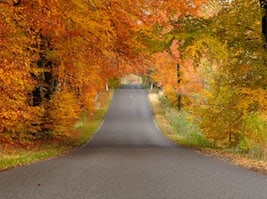
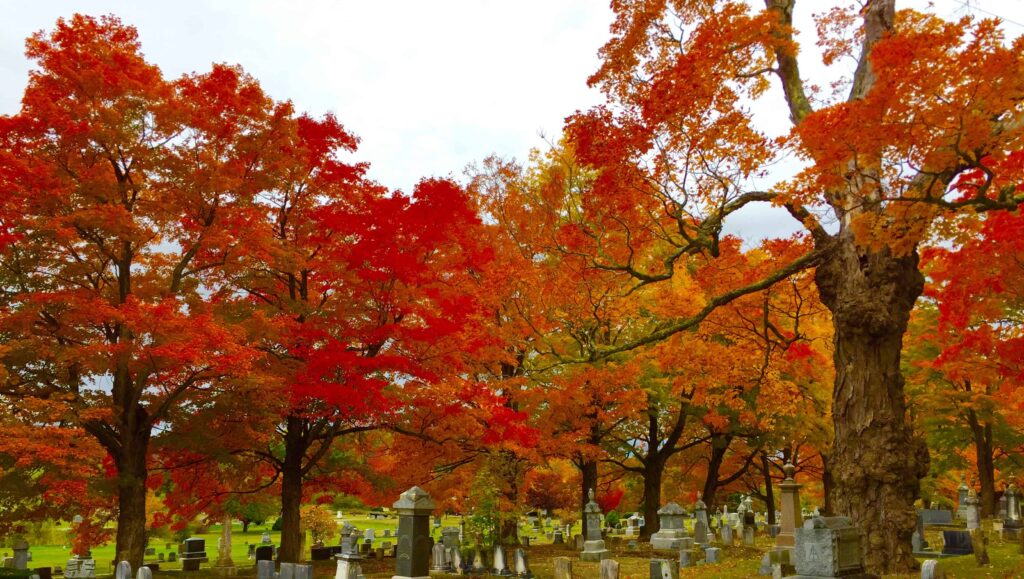

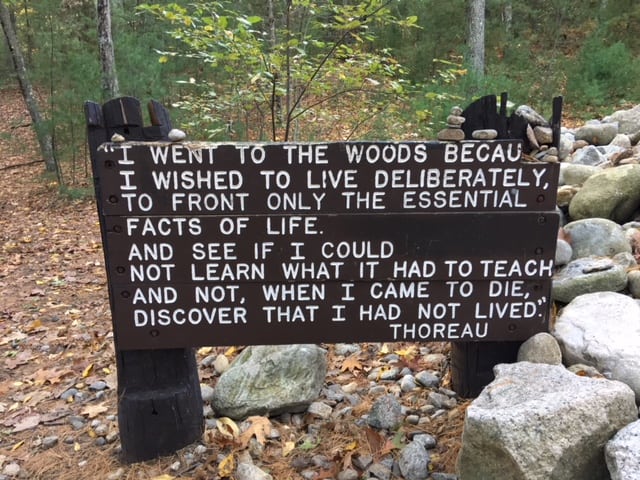
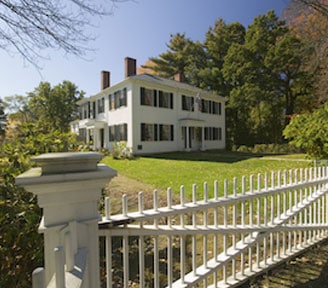
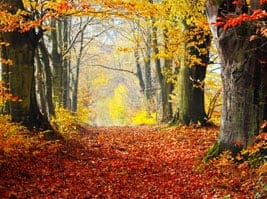


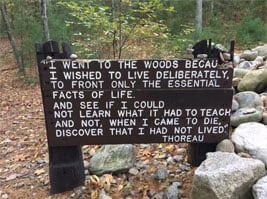
After arrival in Portland, Maine,we will be picked up by a charter bus and travel two hours to Bethel, Maine. Ernest Holmes, one of the foremost philosophers and metaphysicians of the 20th Century, acquired “the basics” of education in Gould’s Academy in Bethel. Today Gould Academy is a private, co-ed, college preparatory boarding and day school. The town of Bethel is a rare blend of farming, forestry, education and tourism. We will have a welcome dinner in Bethel this evening.
ave the option of dining with the group or on your own in a Bethel Restaurant.
At our morning meeting we will discuss the importance of Ernest Holmes in the New Thought movement. We will trace his history where he grew up in nearby Lincoln, Maine and his studies at Gould Academy.The first real town Ernest Holmes lived in was Bethel, Maine. In this small community he had his first exposure to a life of more than farms and forests. Much of his youth was spent in Bethel, where he received his only formal education and encountered his first actual church.
Ernest Holmes said; “Our time should be devoted to knowing the Truth that sets humanity free from the problem of ignorance; that Truth which alone can bring enlightenment to the world, that war should cease, that people should live together in harmony because they have recognized the Divinity within each other.”
After our morning meeting we will have lunch on our own before returning to an afternoon question and answer session. After our meeting we will take a short, 1 hour drive along Sunday River Road. You don’t have to wander far out of Bethel to feel like you’re cruising through the forest primeval. The paved Sunday River Road branches off Route 2 just a couple of miles north of town, then winds past farms alongside its namesake stream in the shadow of the ski hill.
Four miles in, you’ll find the postcard-perfect Sunday River Bridge, built in 1872 and nicknamed Artist’s Covered Bridge because it is so often painted and photographed. Returning to town you will have the opportunity to explore the beautiful scenic town of Bethel andtake a two-mile stroll along the Bethel pathway, atrail follows the Androscoggin River. This will be a short meditative walk. Afterwards, you have the option of dining with the group or on your own in a Bethel Restaurant.
After arrival our morning meeting we will be introduced to Phineas Parkhurst Quimby. He was a nineteenth-centurymystic, healer, humanitarian, and scientist who initiated a contemporary philosophy and called it, “The Science of Health and Happiness.” His insight into the relationship between beliefs held in mind and the experience were well advanced for his time. Quimby is the “Father of New Thought,” practical metaphysics and practical Christianity. His work laid the foundation for such movements as Divine Science, Christian Science, Unity, Religious Science and many more. We will then travel by a charter bus and travel 1 ½ hours to Belfast, Maine which was the home of Phineas Parkhurst Quimby.
Located at the mouth of the Passagassawakeag River estuary on Penobscot Bay, Belfast is the county seat of Waldo County. We will have the afternoon free to explore Belfast Seaport, which has a wealth of antique architecture in several historic districts, and remains popular with tourists.
We will have a dinner on our own in Belfast
After the morning meeting and lunch on our own, you can visit the house on the corner of High and Spring Streets where Phineas Parkhurst Quimby lived and died and see the famous clock tower in the East Church of Belfast. We will then visit the beautiful Grove Cemetery where Quimby was buried. This is an ancient cemetery clothed in fall foliage this time of year which makes for a spectacular visit.
After our visit to the cemetery we will bus to Camden Hill State park for a beautiful silent meditative walk through the fall foliage.
Afterwards, you have the option of dining with the group, on the water in Camden. Camden, Maine is proud to call itself the “Jewel of the Coast.” A beautiful seaport town with a harbor full of sail boats. Dinner not included
After the breakfast we will travel along the beautiful scenic highway to Portland, Maine and then further south to Boston.Our home in Boston will be the beautiful Seaport Hotel. Located in the Seaport District, one of Boston’s most vibrant and growing neighborhoods, the award-winning Seaport Hotel is a refuge in the heart of the city. Overlooking Boston Harbor and backed by beautiful city and water views. We will have the evening to have dinner and explore Boston on our own.
This morning we will discuss Emma Curtis Hopkins’Notes on the influence of Emma Curtis Hopkins on Holmes. Mrs. Hopkins, known as “The Teacher of Teachers,” introduced Ernest Holmes to mysticism, and he learned it was not something to fear but rather it was a deeper spiritual philosophy of life. Ernest had always known that he could contact the Infinite Presence within by becoming still and listening to the “inner voice.” He had already investigated psychic phenomenaand had read about the mystics when he wrote the Original Textbook of Science of Mind in 1922. But in Emma Curtis Hopkins he met and had classes with a true mystic. In this small 80-year-old spiritual teacher, Ernest became grounded in the foundations of mysticism. He now clearly could teach the distinctions between mental science, which emphasized the psychological, and spiritual science that relied on the spiritual and the mystical. He discovered that his teaching up to that point,had been lacking the mystical element. Ernest was Mrs. Hopkins’ last student.
After our meeting you have free day to explore Boston on your own. The options are: visit Boston Common, see Copley Square and the Boston Christian Science Center’s magnificent reflecting pool, or walk the historic freedom trail from the Boston Commons to Bunker hill. Or you may research your own activities for your free day in Boston
Lunch and Dinner on your own
Today after our morning meeting, we will travel to Concord by coach and visit Emerson’s house and museum,which is a National Historic Landmark. He and his family named the home Bush. In April 1841, Thoreau accepted an invitation to move into Bush with the family. Emerson remained in the house for the rest of his life.In it he wrote his famous essays, “The American Scholar” and, “Self-Reliance“. He also entertained a host of notable neighbors and visitors including Bronson and Louisa May Alcott, Margaret Fuller, and Henry David Thoreau. Afterwards we will take a short bus ride to Walden Pond. The writer, transcendentalist, and philosopher, Henry David Thoreau, lived on the northern shore of the pond for two years starting in the summer of 1845. His account of the experience was recorded in Walden; or, Life in the Woods, and made the pond famous. The land at that end was owned by Thoreau’s friend and mentor, Ralph Waldo Emerson, who let Thoreau use it for his experiment. We will have the opportunity to walk around the lake and see the site where the cabin once was as well as see a replica of the original cabin. That evening we will have our farewell dinner in Concord.
